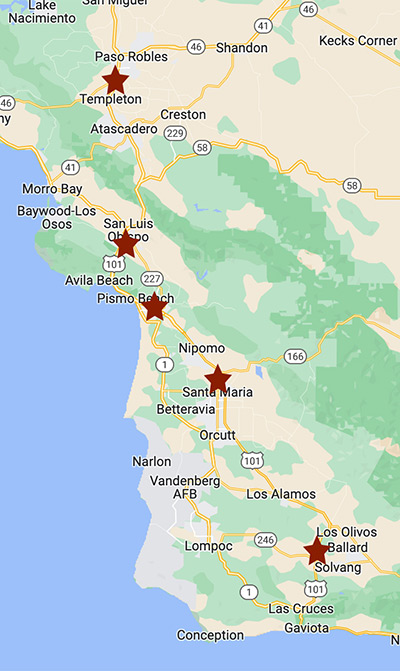Just because dogs cannot speak our language doesn’t mean they don’t have the capability to comprehend what humans say to them. They’re able to recognize our language through the usage of our intonation cues in our words.
I’m fairly certain I’m not the only person who has one-sided conversations with their pet. Dogs are, after all, very good listeners even though they haven’t the foggiest idea what we’re saying most of the time. However, dogs do have the ability to understand our tone of voice and listen to intonation cues in our words to get a general idea of what we’re trying to get across to them. When talking to your dog during training sessions, your tone and intonation make a difference in getting his attention and helping him understand what you want.
How Our Language Is Understood?
Tone of voice reflects the attitude or emotional mood of the person speaking. Intonation is the fluctuation in our words. It can be a little confusing to tell the difference, but they are two different parts of language. When we speak, our tone tells someone how we are feeling – sad, happy, angry, tired, etc. Intonation is how we express our words with the upward or downward movement of sound. An upward intonation is how the voice rises at the end of a sentence. “Way to go!” “Are you hungry?” A downward intonation is how the voice goes down at the end of a sentence. “What is the matter?” I would love to go, but I have to work.”
When making a positive statement, the intonation cue is usually higher to signal that the intent of the sentence means you are happy, excited or pleased. The intonation cues in a negative statement take a lower pitch and reflect sadness, disappointment or bad news. Understanding the difference between the two is important when giving commands to your dog, because he can tell the difference and it can impact his understanding of what you expect from him.
A 2014 study done at the University of Sussex in England found that, like us, canines process verbal and non-verbal parts of speech in different hemispheres of the brain. Elements of language are processed in the left hemisphere, and emotional connotation is processed in the right hemisphere. Researchers point out that the study doesn’t prove dogs have a complete understanding of all the emotional parts of speech, but they do pay attention to what we say and can hear the meaning of human speech and the emotion within it. How we say a command provides canines with a better understanding of what we are trying to convey.
Research done by Dr. Patricia McConnell suggests repeated short sentences work better to increase motor activity to speed a dog up, while long held out continuous ones command a slow or more soothing result to calm him down. If your dog doesn’t seem to understand what a command means, it could be he’s confused because you aren’t saying it in the right tone of voice or with the appropriate intonation cues.

How CANIDAE Treats Can Help Your Dog?
When training your dog, his favorite CANIDAE treat given immediately after complying with a command helps him learn to associate a word with the behavior you want. Intonation cues, along with your body language and tone of voice, give him more information and help him understand the intent of a command. Using a lower tone of voice with commands like sit, down, or stay can help you teach your pet to remain still until released. He understands what you mean by the downward intonation cues. It’s also the voice you want to use when making corrections.
A more excited tone of voice with upward intonation cues works better to get your dog’s attention. Your excitement, reflected in your voice, will get him excited, too. It’s what you want to use when giving praise and teaching more active commands like come, fetch, roll over and heel. It tells your dog he needs to move in order to do what you asked.

A Real Paw Story!
A Border Collie named Chaser can understand 1,000+ words. Chaser’s owner and trainer, John Pilley, discovered she was able to learn the names of her toys and other objects through successive discrimination. During each training session, she played with one object. As she played with a certain toy, it became valuable. Once an object assumed value, it was given a name, hidden, and then she was asked to go find it. It took many hours to train Chaser to learn the words, and would be hard for most dog owners to replicate Pilley’s success. However, canines can figure out the gist of what we want and gather a lot of information from our body language, tone of voice, the rhythm of our voice and intonation of speech.
What your dog hears when you talk to him is his favorite melody – your voice. How you use speech and tone of voice to convey what you want helps him understand. He may not hang on your every word, but he does listen!
Article by Linda Cole, CANIDAE Pet Foods
Photos by Flickr



